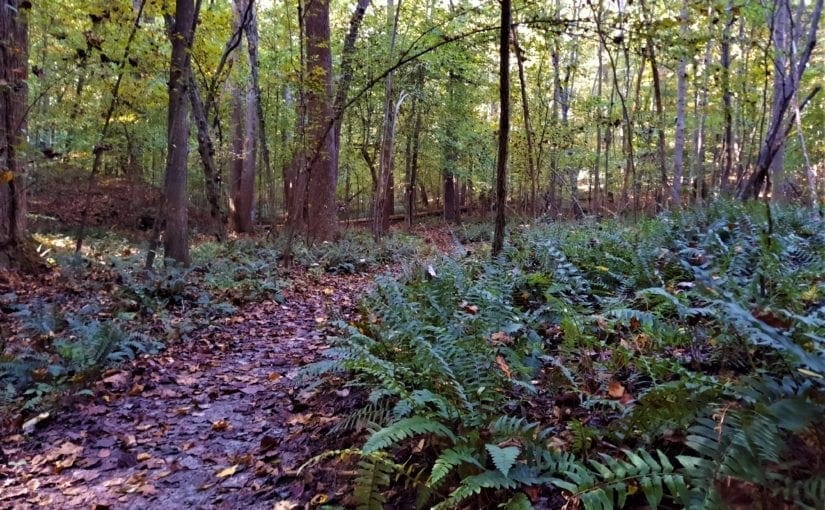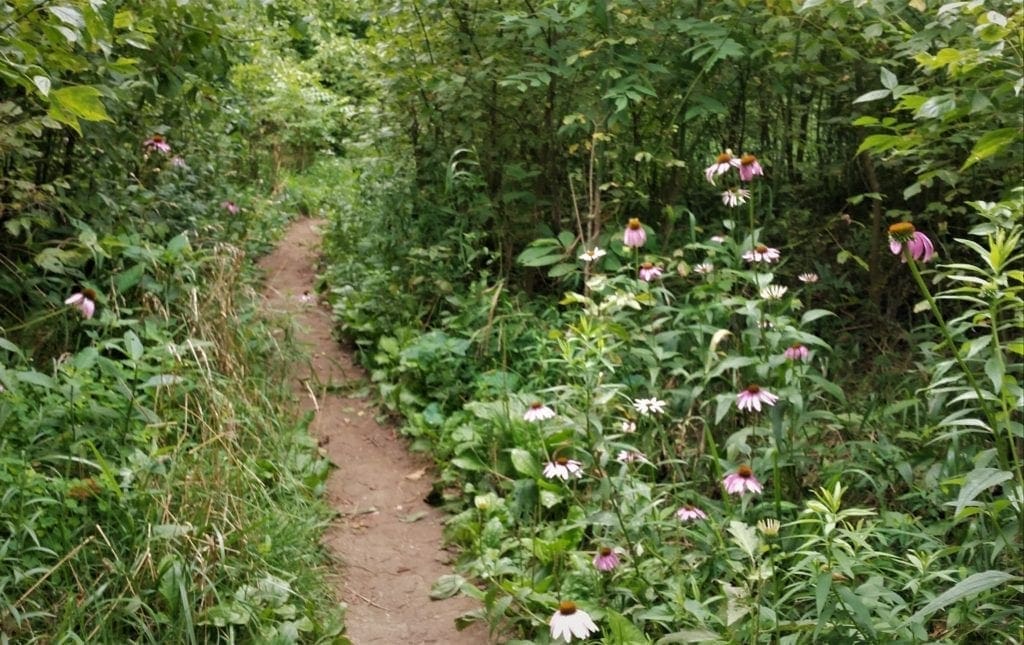Most recently updated July 7th, 2023
Estimated Reading Time: 11 minutes
Forest bathing, or shinrin-yoku, is a Japanese form of healing therapy that started to gain popularity back in the 80’s.
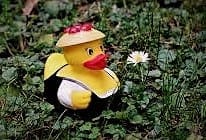
In case you’ve never heard of forest bathing, rest assured you’re not going to need a towel or your rubber duckie.
You also won’t be required to wander the forest in your birthday suit 😉
At it’s simplest level, forest bathing could be described as taking a leisurely walk through the forest for physical, mental, emotional, and spiritual benefits.
Shinrin-yoku in Japanese means “taking in the forest atmosphere”.

Research has long shown “green exercise” to have a positive impact on our overall health, and the practice of forest bathing grew out of that recognition.
Promoted by the Japanese Ministry of Agriculture, Forestry, and Fisheries, the practice has become a mainstay of preventive health care in Japanese culture.
Today, many spas, resorts, and retreat centers across the world offer guided forest bathing experiences as part of their services.
That said, you don’t necessarily need a guide to take a forest bath yourself or with a friend.
All you need is a park or forest, a pair of good outdoor walking shoes, and some simple instructions.
Some of my posts contain affiliate links. If you make a purchase through an affiliate link, I will receive a small payment at no additional cost to you. I do not get paid for recommendations, all opinions on this site are my own. See full Disclosure page here.
NOTE: If you have any worries about your fitness for the activity, please consult your physician and do your own research before trying. I’m not a trained physician, but write only based on my own personal experience and research.
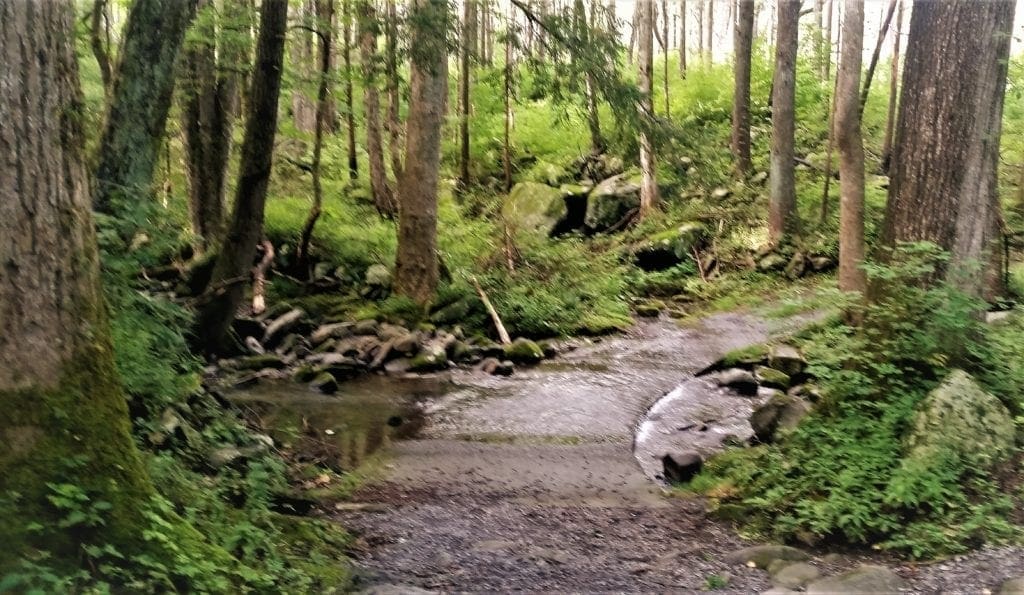
When people think of hiking they imagine a strenuous, sweaty workout. Peak bagging, cardio, heavy breathing, and replenishing those electrolytes!
Most hikes, by their very nature, are goal oriented: you’re working towards a destination, even if it’s just a turn-around point.

By contrast, Forest Bathing is not about the destination, it’s about the journey.
In shinrin-yoku, you take your time and walk very, very slowly.
(Think of the slow movements of Tai-Chi, or even “living statues”.)
It’s really more about engaging all of your senses than breaking a sweat.
Some guided forest baths take several hours and cover less than a quarter mile. It’s a kind of meditation.
This is also a good alternative to reap some benefits of outdoor exercise if you’re unable to engage in your regular outdoor cardio training due to seasonal allergies or temporary injury.
What Is Shinrin-Yoku?

Part of the benefit of forest bathing – like hiking or running outdoors – is simply being in nature and getting some exercise.
But the thing that makes shinrin-yoku special is that you’re focusing on your senses and taking a break from conversation and electronics.
This specific therapy was founded on the idea that as a species, we spent the first few million years of our existence in the forest, and are well-adapted to that environment.
Today, we live in cities surrounded by all kinds of noise and other stimuli that we didn’t evolve with.
This has led to a tremendous amount of stress on our minds and bodies that result in negative health consequences.
History
Shinrin Yoku was first developed in Japan in the 1980s, following studies conducted by the Japanese.
These studies showed that forest bathing helped lower heart rate and blood pressure, reduce stress, and boost the immune system.
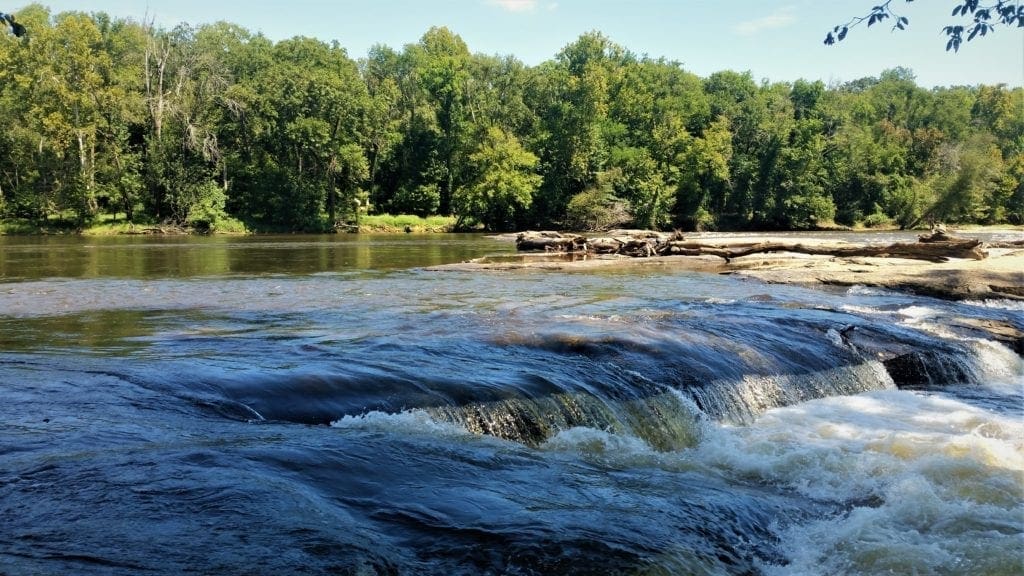
The idea of healing through Nature is not solely Japanese, but it may be that the Japanese were the first to give it a name and designate it an official therapeutic activity.
Officially called Shinrin-yoku Forest Therapy, it has become a cornerstone of preventive health care in Japanese medicine.
Japanese people are among the healthiest in the world, in 2018 ranking highest in life expectancy, living an average of 84.2 years – with over two million people over the age of 90 in the country.
Many factors – like diet and exercise – contribute to these impressive statistics.
Forest bathing has caught on in the U.S., and many spas have added forest bathing to their menus, and now there are even doctors who are prescribing nature for their patients.
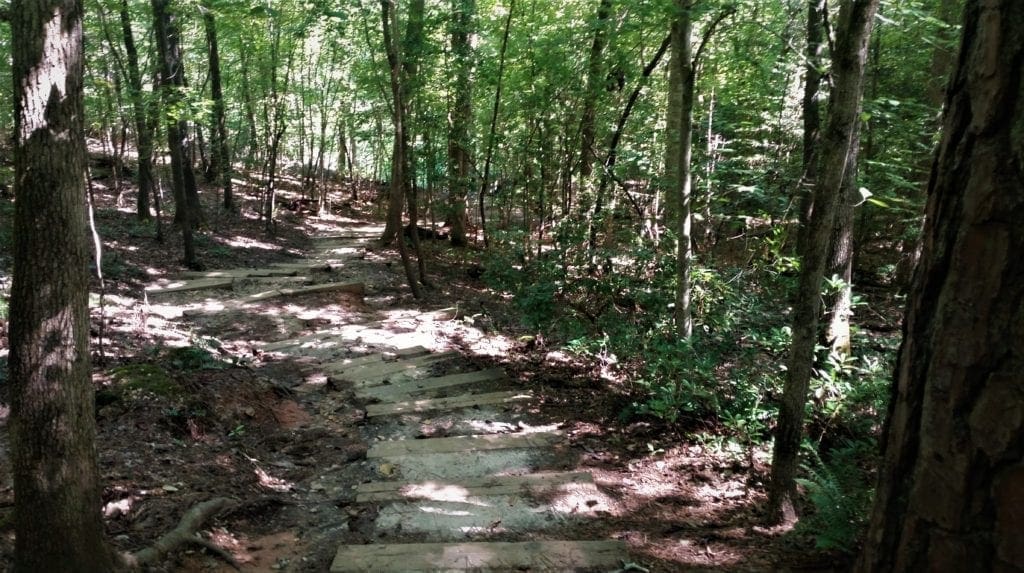
Benefits of Forest Bathing
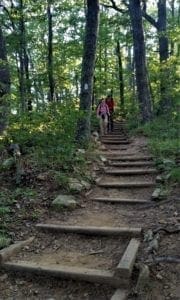
Some doctors have come to realize that sometimes their stressed-out, overworked patients don’t need a pill, just a good dose of quiet time in the forest.
A Stanford University study backs that up, finding that being immersed in nature can lower heart rate, blood pressure, and cholesterol levels, and reduces risk for coronary heart disease and type 2 diabetes.
At this point, forest bathing has been around for decades, but it’s lately become so popular that the U.S. Association of Nature & Forest Therapy has plans to certify the largest number of guides ever.
Positive Physiological Changes
Immersing ourselves in nature has been shown to literally change our bodies on a physical level.
Interacting with Nature used to be just a daily part of human life, but the rise of cities and industrial occupations has changed that.
According to the Environmental Protection Agency, modern humans spend up to 87% of our lives indoors.
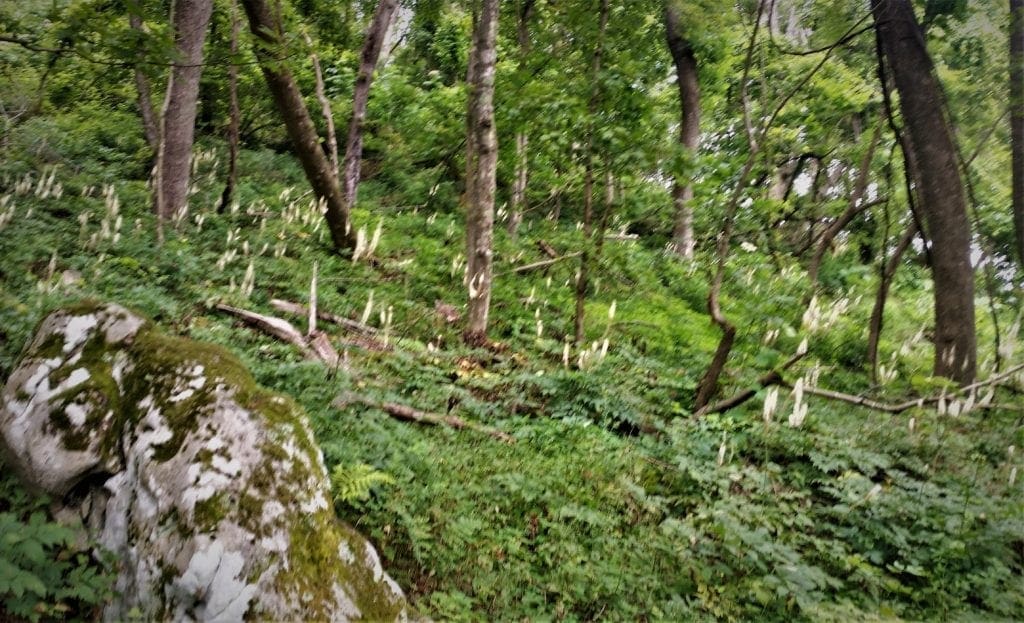
These days, most people need to make a conscious effort to spend time in natural surroundings.
How we are healthier in natural surroundings:
-
- Average concentration of the stress hormone cortisol was 13.4% lower in people who gazed on forest scenery for 20 minutes than that of people in urban settings (source info)
- Time spent in nature is associated with decrease in blood pressure, heart rate, and sympathetic nervous system activity (source info)
- People taking two hour walks in the woods over a two day period exhibited a significant increase in levels of NK (natural killer) cells, the body’s disease fighting agents, (source info, source info) and these effects lasted more than a week
- The forest walkers had a reduction in systolic blood pressure from 141 mmHg down to 134 mmHg after four hours in the forest (source info)
- People who walked for 90 minutes in a natural area, as opposed to participants who walked in an urban setting, showed decreased activity in a region of the brain associated with a key factor in depression (source info)
- Access to quality green spaces nearby is positively associated with life expectancy and healthy life expectancy (source info)
- Time spent in open natural space can reduce the symptoms of ADHD and behavioral disorders in children (source info)
- Patients recover from surgery faster and better when they have a “green” view.
-

Flowers along a wooded path.
Brain Function Enhancement
Walking through a forest gives our minds a break from critical thinking and problem solving, while the pleasure-seeking and empathetic parts of the brain are activated.
You can sometimes achieve the same effect by looking at photos of natural environments, although it’s much weaker in comparison to actually being there yourself.
Natural environments can also boost your mood.
Research has shown that those who live in urban areas have a 20% higher risk of suffering from anxiety and a 40% higher risk of having a mood disorder compared to those living in rural areas.
Spiritual Connection
Forest bathing is a grounding activity stemming from Buddhist mindfulness meditation practices that get you back in touch with the here and now.
If you can walk in a forested area and use your sense of sight, smell, sound, touch, and even taste to experience the natural environment around you, then you’re doing it right. 🙂
Why Forest Bathing Works
One of the underlying assumptions of forest bathing is that our modern lives bombard our brains with too much noise and overly stimulating digital information.
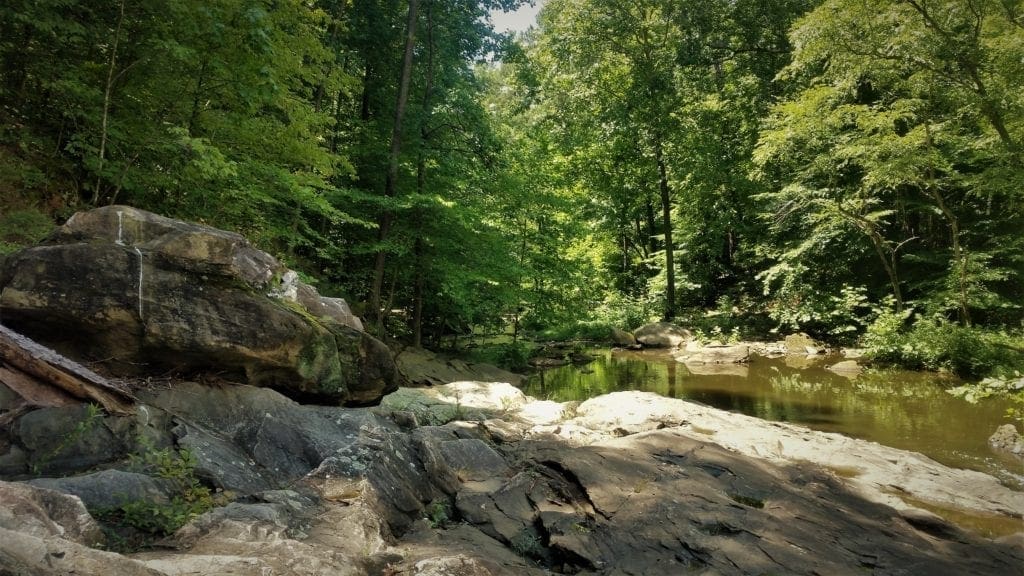
Our bodies respond to this excess of stimuli with stress hormones like cortisol, which have undesirable impacts on health.
Chronically elevated stress levels have been linked to hypertension, heart disease, depression, and obesity.
But why do forests have this effect on us? Some speculate that the fractal shapes of nature are more soothing than those of our built environments.
Some research also suggests that volatile compounds called phytoncides emitted by trees may play a key role in the health effects on forest bathers.
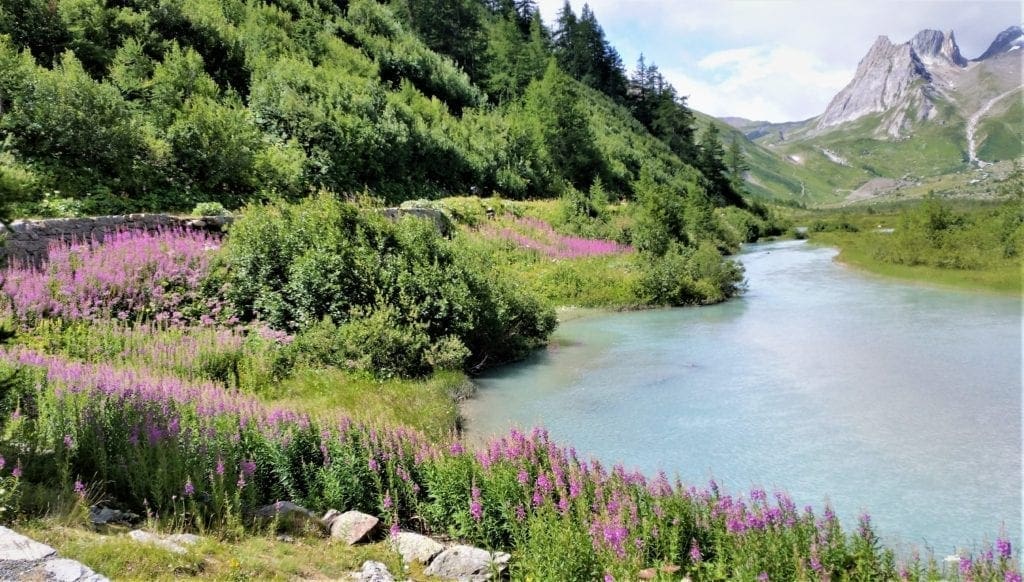
“Trees shower (or bathe) themselves in an antimicrobial, antifungal, antibacterial compound called phytoncides,” explains Ben Page, founder of Shinrin Yoku LA.
“This is how trees combat disease. When humans inhale these phytoncides, it triggers the human body to produce a specialized white blood cell called NK cells, or Natural Killer cells.”
These Natural Killer cells are responsible for attacking cancerous and tumorous growths in the body, and improving overall immune strength.
Still another element of shinrin yoku that busy modern people benefit from is slowness. Like deep breathing, it calms overstimulated nervous systems.
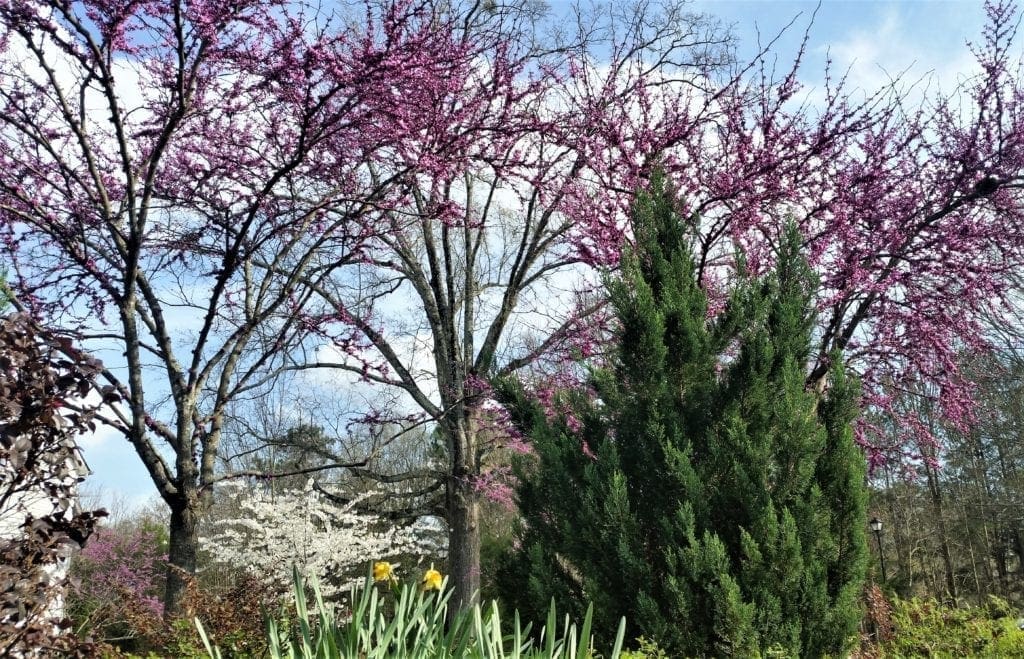
“Forest bathing encourages you to take deep breaths of clean air and to simply take some time out of your busy life to do something special for yourself, ” says psychologist Elizabeth Lombardo. “How could that not be effective?”
Why is Forest Bathing So Popular?
So, why is forest bathing more popular than ever?

Amos Clifford, founder and director of U.S. Association of Nature & Forest Therapy, thinks it has to do with how much stress cell phones and other technology have added to our lives.
“I believe the reason for the growing popularity of this practice has to do with an instinctive reaction to the growing dominance of devices in our lives,” he explains.
“Putting aside the habitual stressors of daily life, the constant immersion in technology, and the rushing about and exhaustion is a bit like waking up from a bad dream. They feel refreshed, renewed, and restored.”
What Are Phytoncides?
Tokin found that some plants give off very active substances that help protect them from rotting or being eaten by some insects and animals.

More than 5,000 volatile substances defend plants that protect them from bacteria, fungi, and insects.
Cedar, locust, oak, pine, tea tree, and many other spices and plants give off phytoncides.
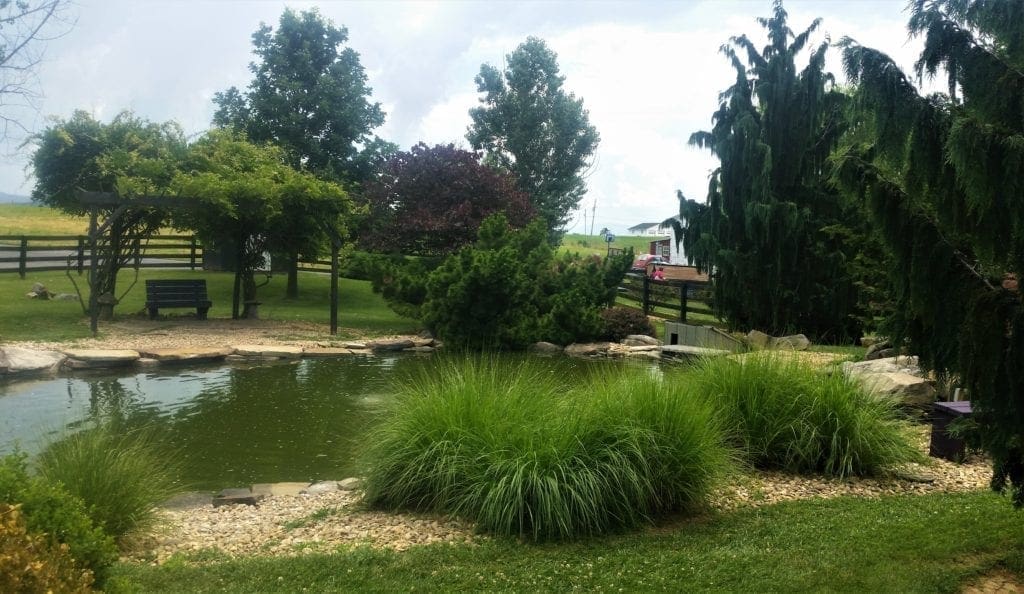
How to Practice Shinrin Yoku
If you want to try a guided walk, you can find them offered in a number of areas around North America using the locator map maintained by The Association of Forest Therapy Guides and Programs.
While a guided introduction might be the ideal way to begin forest bathing, not all of us live near a certified guide.
That said, you can still reap many of the benefits of forest bathing on your own.
Here are some pointers to get started:
Forest Bathing 101
-
- Clear your schedule to give yourself enough time. Two hours is the recommended time for a forest bathing session, but even just 30 minutes in nature can help you to feel refreshed.
- Leave behind or turn off your phone and camera. This is very hard for people, but an hour or two of digital detoxing can only be a good thing.
- Take a slow meandering walk. By taking things slowly, you’ll have the time to clear your mind and to enjoy the peace and harmony of nature.
- Refrain from unnecessary talking. If you go with others now is not the time to catch up on the latest gossip.
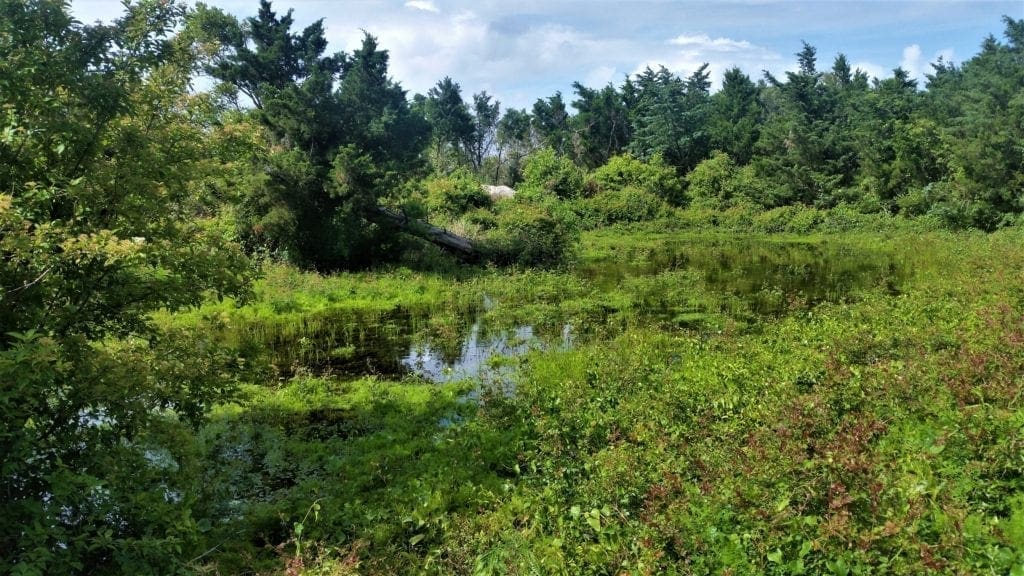
Finding the Right Place
Look for a secluded spot away from the hustle and bustle of your city, ideally with plenty of trees and not so many people.
Though not all of us have the luxury of a nearby forest, try to find a place where you can be as removed as possible from the sights, sounds, and smells of modern life.
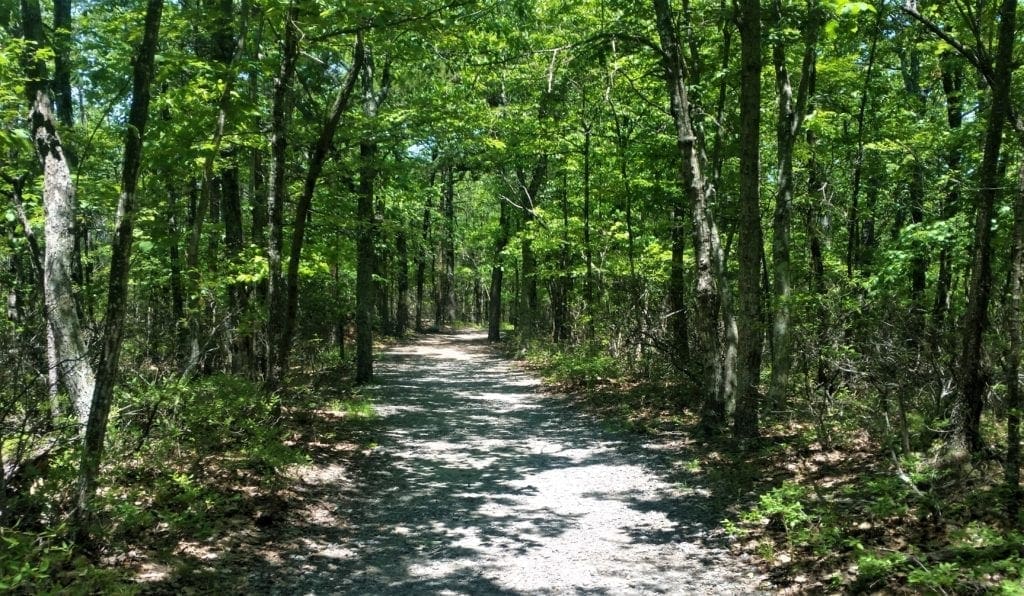
Rose Lawrence, a Certified Forest Therapy Guide in Sacramento, California, notes that “the main purpose of forest bathing is to cultivate a nature connection that allows you to see all the nature around you.”
Lawrence also recommends a practice called “place tending,” which encourages frequent visits of a place near where you live or work.
Visiting often and noticing how the place changes over time can encourage a strong connection to nature that can carry over into other parts of your life.
If you’d like to try guided forest bathing as part of a vacation, check out these 9 spas where you can experience forest bathing and forest therapy activities while getting away from it all.
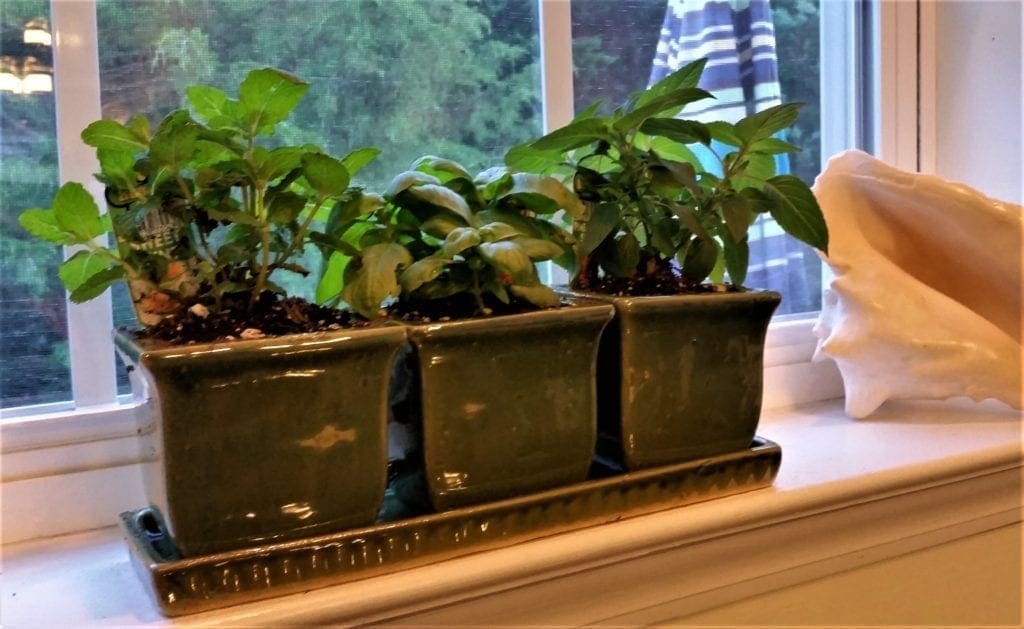
Forest Bathing at Home
Even on days when you don’t have time for a leisurely stroll in the woods, applying the principles of forest bathing to your daily life may have a positive impact on your well-being.
Wherever you happen to be, take your eyes off your phone and look around you.
Turn off all of your devices, find a comfortable place to lie down or sit, and then be still.
If you have a garden or a deck with plants, or even a room with houseplants, that may be the best place to try it.
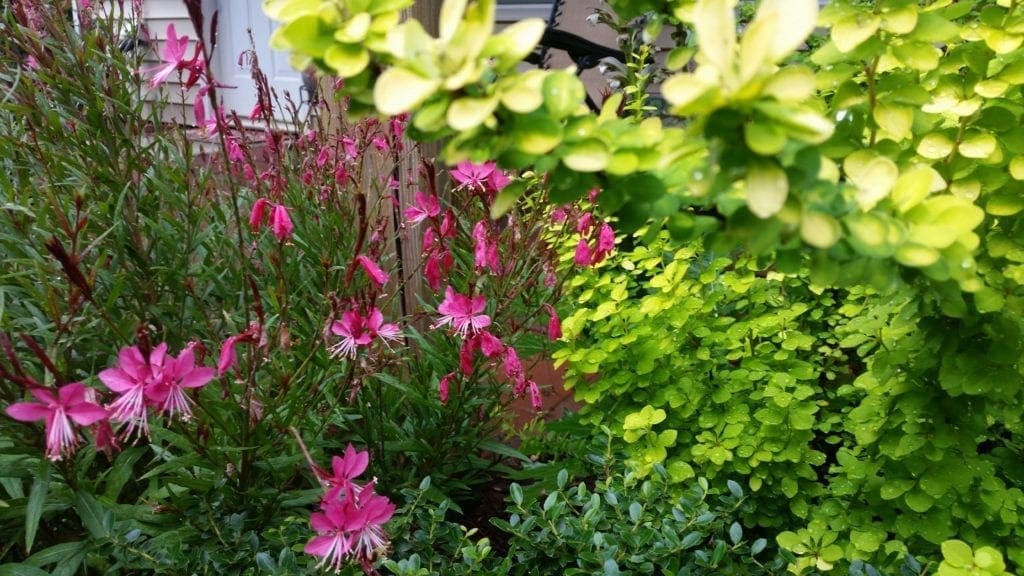
You may hear birds, you may smell the coffee you made earlier, you may notice how the light falls differently depending on the time of day. Breathe slowly and evenly.
Just doing this for five minutes can give you the reset you need!
If you have a choice, you could also try walking to your bus or taking a lunch break walk by a park rather than a crowded commercial street.
How Often to Forest Bathe
Like most things in life, the more you regularly engage in the practice of forest bathing, the more benefits you will reap.

For us, this means taking time in our daily routine to disconnect from email, Netflix, and our phones and instead connect to the natural world around us.
Although the scientific studies had participants walking for several hours a day, you don’t need to forest bathe for hours at a time if that’s not possible for you.

Haida Bolton, a Certified Forest Therapy Guide based in British Columbia, believes that “the more you immerse yourself… the deeper the effect.”
When your schedule permits, she recommends at least “two hours a week, 30 minutes a day or three consecutive days of two hours each day every month.”
But even a daily 15 minute break can have a positive effect and leave you refreshed.
Getting Started
Engaging in the practice of forest bathing – or any activity in Nature – can make you healthier, happier, and less prone to burnout.
So, just go to a forest. What sights, smells and sounds are you experiencing? Absorb these sensations and simply be aware of them. Then, walk.
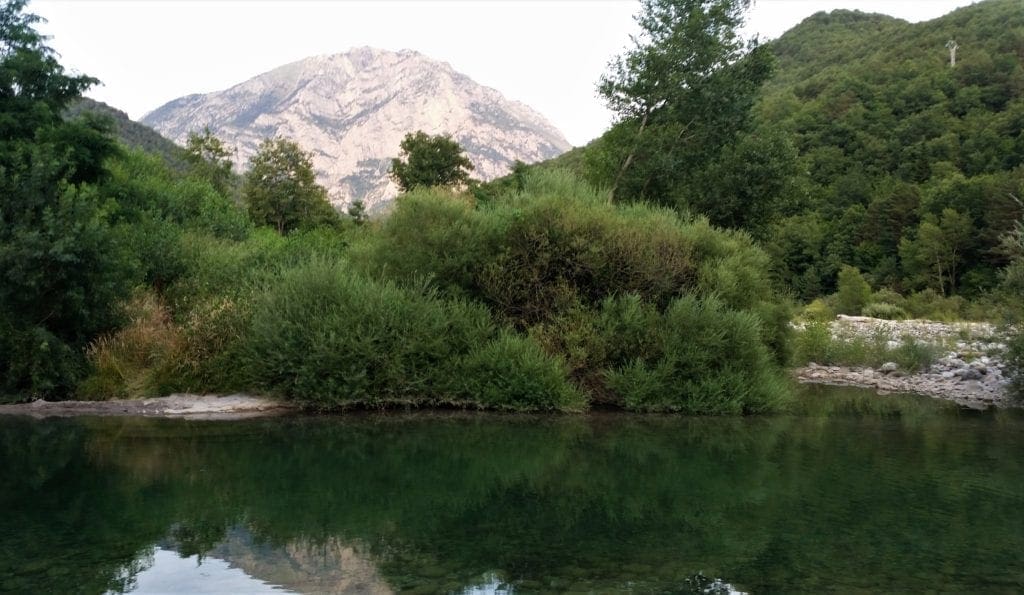
Connecting more with nature, wherever you are, may make you happier, healthier, and more at peace with the world.
Full disclosure: I personally don’t care for Forest Bathing.
Seriously, it’s just not for me; I need to get my green exercise in a more self-directed way.
Being forced to move at less than 1mph with someone “guiding” my every move is torture for me.
For me, striding out, hiking at my own natural pace, is the best form of moving meditation.
When I’m hiking at my own pace, I get into a rhythm and I stop thinking about much of anything at all.
I notice everything, and use all of my senses – but I prefer to move at a more natural pace.
Guided Forest Bathing stresses me out – which is the opposite of what it’s supposed to do for you.

Some other friends do yoga with beer, and that might work for me 😉
A lot of people swear by shinrin-yoku, and they say the slowness is an integral part of reaping benefits from the practice.
That said, everyone is different, and you may think Forest Bathing is the best thing ever!
Go out and give it a go, and you can decide for yourself! 🙂

I hope you’ve found this post helpful in learning about Forest Bathing! It may be just the thing you’ve been looking for 🙂
If you have a question drop me a note and I’ll reply as soon as I can.
Thanks for stopping by – see you next time! LJ
To Get New Idratherwalk Posts
sent directly to your inbox (how convenient!) Click this Button
If you like this post, please share it!
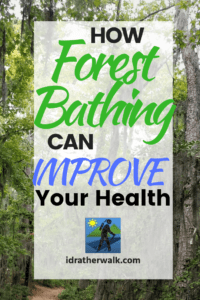

LJ has spent much of her free time as a single Mom – and now as an empty-nester – hiking in the US and around the world. She shares lessons learned from adventures both local and in exotic locations, and tips on how to be active with asthma, plus travel, gear, and hike planning advice for parents hiking with kids and beginners of all ages. Read more on the About page.

